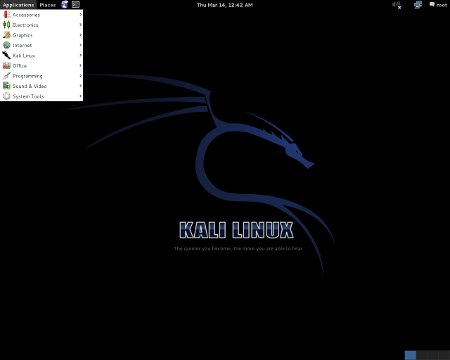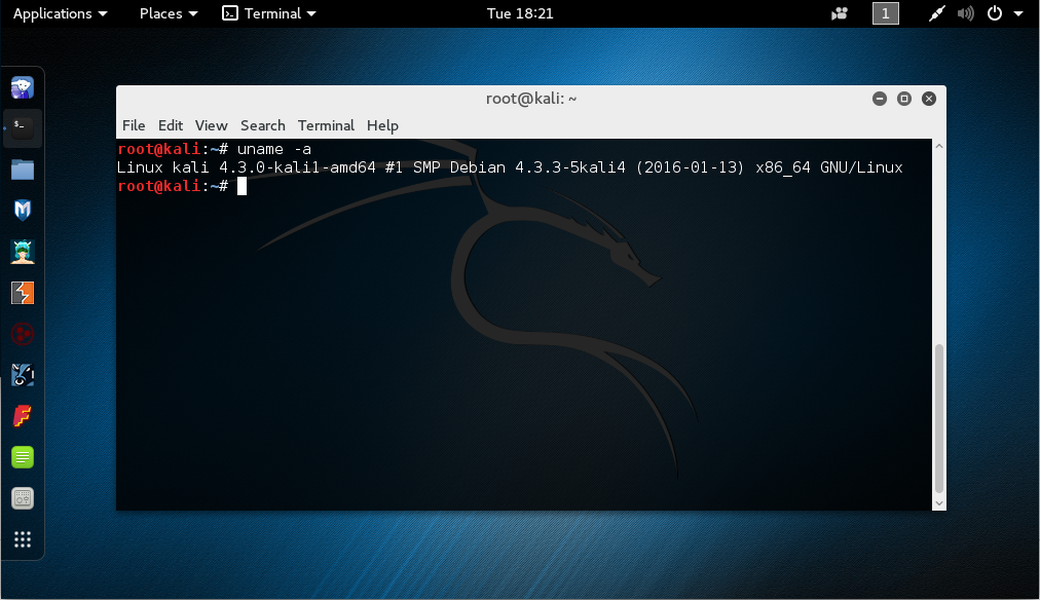


The bluetooth service on the Raspberry Pi 4 needs a uart helper service before it works. Once the dd operation is complete, boot up the Raspberry Pi 4 with the microSD plugged in. This process can take a while, depending on your PC, your microSD’s speed, and the size of the Kali Linux image.

Or $ xzcat | sudo dd of=/dev/sdb bs=4M status=progress $ xzcat | sudo dd of=/dev/sdb bs=4M status=progress If you choose the wrong storage device, you may wipe out your computers hard disk. This process will wipe out your microSD card. Do not simply copy these value, change this to the correct drive path. In our example, we assume the storage device is located at /dev/sdb. Use the dd utility to image this file to your microSD card (same process as making a Kali USB.The process for validating an image is described in more detail on Downloading Kali Linux. Download and validate our preferred Kali Raspberry Pi 4 image from the downloads area.Get a fast microSD card with at least 16GB capacity.To install a pre-built image of the standard build of Kali Linux on your Raspberry Pi 4, follow these instructions: If you’re unfamiliar with the details of downloading and validating a Kali Linux image, or for using that image to create a bootable device, it’s strongly recommended that you refer to the more detailed procedures described in the specific articles on those subjects. Kali on Raspberry Pi 4 - User Instructions You will not need to download it and install it, and doing so will likely be a downgrade over the current installed kernel. The Raspberry Pi images use Re4son’s kernel, which includes the drivers for external Wi-Fi cards, TFT displays, and the nexmon firmware for the built-in wireless card on the Raspberry Pi 3 and 4.


 0 kommentar(er)
0 kommentar(er)
